Culture is a word that is on everyone’s lips at the moment, but often not for the right reasons; such as when a well-known brand was found to lack integrity and has lied to its clients, or maybe has treated its employees unfairly.

Regulators are becoming increasingly nervous about businesses not managing their culture, and they are asking boards and executive teams to start acting. You may therefore be asked to put together a business case for culture work. Where do you start, and how do you do it?
First, build a credible story about the importance of culture for your business outcomes. What is critical is to position the culture work from a strategic perspective? Here are some pointers for you:
Tangible benefits (financial or not):
Intangible benefits:
This is the easy bit, because it can be more easily costed than returns. The investment will often have the following components:
It is essential to distinguish between business as usual activities and specific investment. Business as usual activities should not be considered in the business case. The investment may also need to be taken into account over time to represent phasing of activities.
The return on investment part is the one that most organisations struggle with, but it is not as hard as everyone thinks it is. The approach is to focus on the behaviours you are trying to shift. First, identify the business outcomes the most directly linked to the behaviours about to change, and then simply calculate the financial impact. For this to work well, you need to make sure there are few factors impacting the business outcome in question.
Follow the steps below by asking specific questions:
The table below illustrates the calculation of a detailed return.
|
Question |
Example |
Return |
|
What is the business imperative? |
Increase value add for our customers
|
|
|
What behaviours are we trying to shift? |
Empathy / Seek to understand |
|
|
What evaluation question are we trying to answer? |
Are our employees putting themselves in the shoes of our customers? |
|
|
What is the measure of success? |
1. Customer satisfaction 2. Customer churn rate 3. Profit per customer visit |
|
|
What is the right metric for the business outcome? |
1. Increase in % of customers who declare themselves 100% satisfied after having their complaint processed è Decrease in number of customers lost |
For a business with 250,000 customers: Customers lost = 8% /year
Decrease in numbers of customers lost: 10% (2,000 customers)
Cost of customer acquisition = $100 / customer
Savings = $200,000 / year |
|
2. Increase in number and value of cross-sold products è Increase in profit per customer visit |
Profit per customer visit = $ 50 (1 visit / year) Increase in profit per customer visit: + 6% = $3
Return = $750,000 / year |
The full Return on Investment will be calculated across a few years, typically five. Here’s an example of what this looks like (in this fictitious example, the return happens at the beginning of Year 3, only by considering two business outcomes).
|
|
Year 1 |
Year 2 |
Year 3 |
Year 4 |
Year 5 |
|
INVESTMENT |
|||||
|
Culture assessment |
$110,000 |
|
|
|
|
|
Top team work |
$100,000 |
$100,000 |
|
|
|
|
LD work |
$300,000 |
$300,000 |
|
|
|
|
People cost |
$50,000 |
$50,000 |
|
|
|
|
Total cost |
$560,000 |
$450,000 |
|
|
|
|
RETURN |
|||||
|
Savings from reduced customer churn |
$0 |
$200,000 |
$200,000 |
$200,000 |
$200,000 |
|
Increase in profit from cross-selling |
$0 |
$750,000 |
$750,000 |
$750,000 |
$750,000 |
|
ROI |
|||||
|
Financial return |
- $560,000 |
+$500,000 |
+$950,000 |
+$950,000 |
+$950,000 |
|
Cumulated return |
- $560,000 |
-$60,000 |
+$890,000 |
+$1,840,000 |
+$2,790,000 |
If the appropriate behaviours have been identified in alignment with the strategy, the calculation of the return is easier. I strongly suggest focussing on a very small number of behaviours, one or two, and choosing a small number of significant metrics. If the business imperative is compelling, the financial return will be significant.
Your turn. Let me know how you go.

Head Office / Europe:
+31 (0) 20 240 2233
North America:
+1 (0) 212 417 0221
UK: +44 (0) 207 100 6999
Asia Pacific: +61 (2) 8310 5285
Brazil & Latin America: +55 (11) 932 500 683
(WhatsApp available)